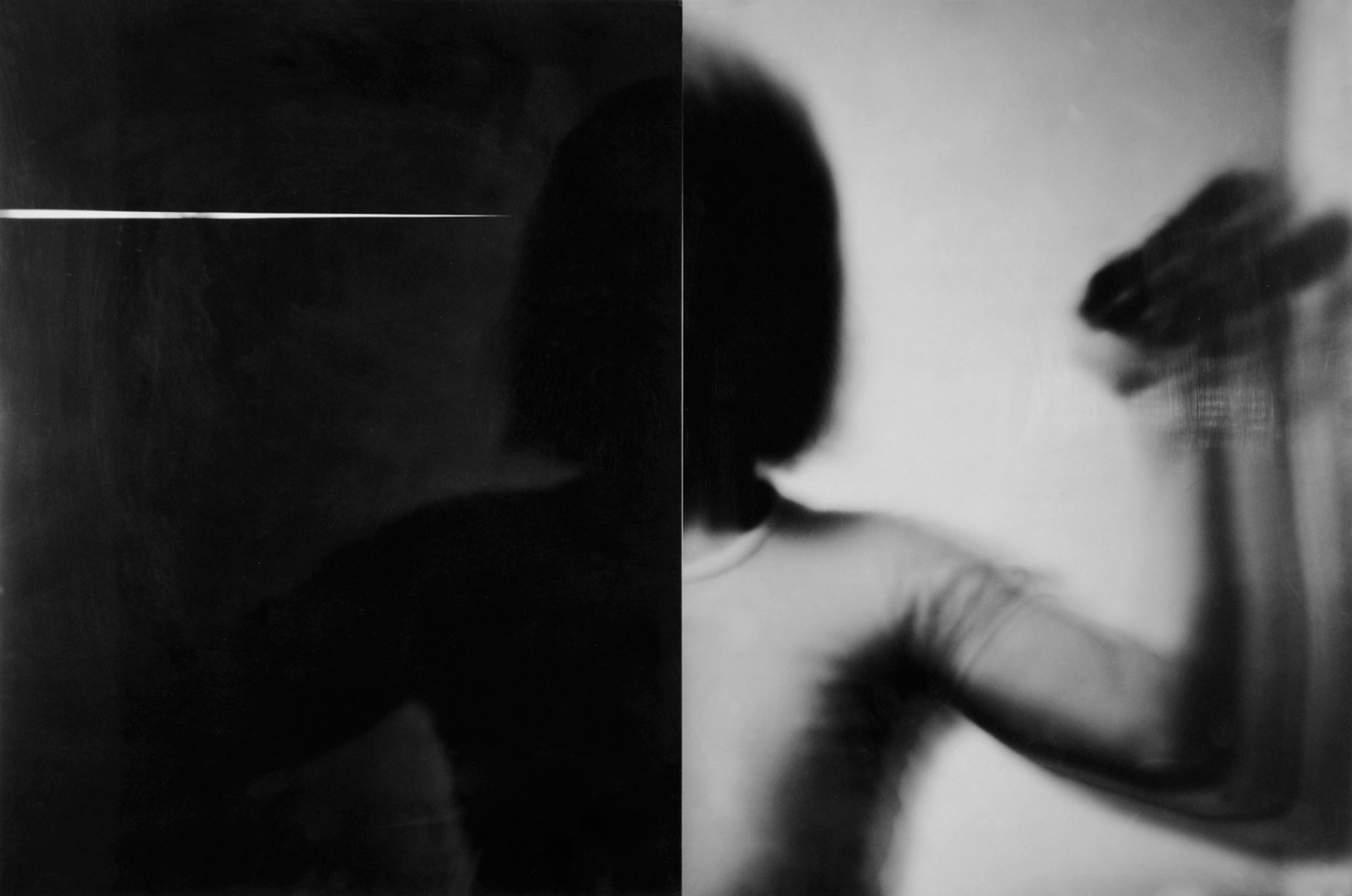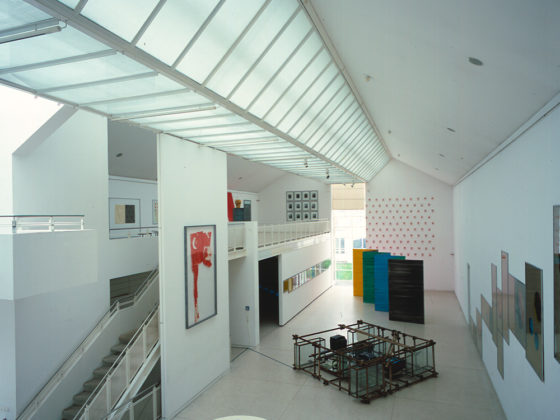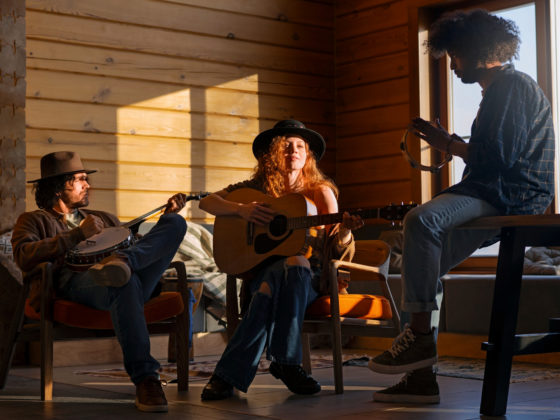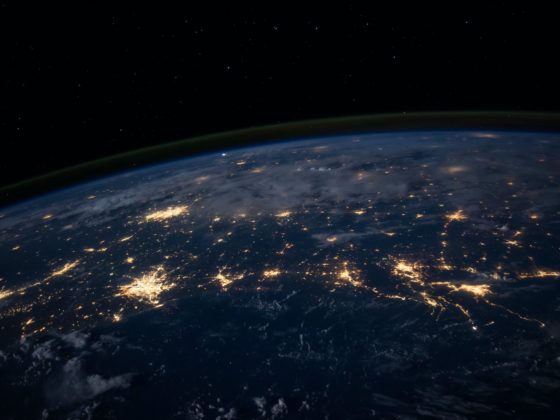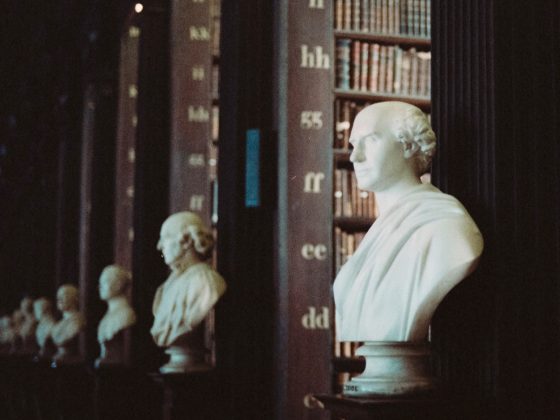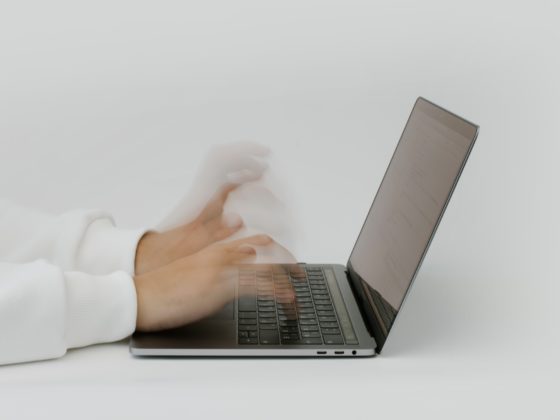Along with the passage of time and deepening of knowledge on Wincenty Dunikowski-Duniko’s art and the last conversations I held with him, I am becoming convinced that his art is a great example of artistic and esthetical attitude and concept of a certain, very important part of generation of artists, who made their debut in the 1970s.
I am also bitterly aware of the fact that the art of that formation, indicating a certain standard of performing art, characteristic for the whole duration of the end of the 20th century and especially for what happened in art in a decade of the 1990s, which passed not such a long time ago – is almost unknown in Poland.
The reasons are manifold. It is somewhat strange that this knowledge leaked out from elaborates treating on art of the latest decades (which are scarce anyway, there is hardly any trace left behind by this period in Polish museum collections.) And young Polish artists making their debut in the 1990s, although it seems that in their way of thinking and forms of activity being close to the ideas of art of the 1970s, unwillingly return to that “obscure past”, however, what would be in it for them?
First and foremost, though, scarce knowledge of art created by that generation results from a fact that it found itself in a direct confrontation with expression of the 1980s: very powerful, marked by strong political stigma of the dramatic events of the martial law in Poland. Duniko’s contemporaries emerged from this “confrontation” not in the best of shapes. Many were simply pushed off the artistic stage, others were marginalized, some unproductively settled abroad tackling other jobs and professions. A significant part of that generation of artists changed (to a large extent and degree) their artistic ideas. Some abandoned them completely. They entered a political and patriotic, even ecclesiastical arrangements. Others ironically, or only cynically, converted to the “real art”, underwent a workshop course of expression in painting and sculpture. Only very few among them could employ traditional sculpture or painting techniques and greater sensual bounty to enrich deeply intellectually motivated creativity.
And what’s most important, very few of them at that time did not lose the most important thing – their freedom of creative decision. And that freedom could have been manifested through rejection of expressive costume and return to their “roots”, stuck back in the 1970s, and through development of rather intellectual games, imposed without limitations by any stylistic obligations, biased convictions on such or another “development” of art, such or another its “obligation”.
Wincenty-Dunikowski-Duniko belongs to a very scarce of group of those artists. He is one of the most important representatives of that narrow elite of debutants of the 1970s, who went abroad and thanks to their talent, personal determination and international position gained while still back in Poland, maintained high standard of their own art.
Dunikowski had to survive another kind of difficulties than those which his contemporaries experienced back in Poland. It is true that he did not have a need to defend himself from the pressures of national obligations of an artist in the country in the throes of martial law; however in a much better climate for free art created by the Federal Republic of Germany, he had to defend himself as an artist seeking his environmental and idealistic ground. He defended himself, achieved a high artistic position in Germany, what can be evidenced by exhibitions in the best galleries. He saved his artistic and cultural message as well as the message of his philosophy of life, what constituted the foundation for his art and the art of the most artistically gifted and sensitive artists of his generation in Poland. Thanks to this lucky fact, which he probably owes not only to himself but thanks to a coincidence of other facts, which were favourable, we are dealing with authentic artistic awareness, with precious “discovery”, as if it were the essential part of a book found abroad after many years, in a situation when other fragments of that book disappeared or were destroyed.
To understand this art one can subject oneself to the declaration I am always changing, manifested by the artist. Ryszard Stanisławski’s interpretation followed that trace. ( R. Stanisławski, Wincenty Dunikowski-Duniko and his Saturated Space, a catalogue of the exhibition in Bunkier Sztuki, Krakow 1995 and Heidelberger Kunstverein, Heidelberg 2001).
Why, though – against his declarations – Dunikowski for a few years has Dunikowski been coming back to his certain works from the 1970s? To such ones, For example, as “Duniko`s Breath” ( 1976) or other works from the MOMENT ART cycle? Such as action and objects “Drawing and Scrybing on the Water” 1972, or texts such as “My Best Picture is a Day ” (1973)
Why do many later or even the latest works invoke the 1970s? (like for example Videoinstallation 1990 is based on the texts from 1974). Would it be possible – going against the artist’s declarations – try to see him in his unchangeability?
The works from the first half of the 1970s, invoked in many arrangements during the latest retrospectives of the artist, outline certain horizons of Duniko’s artistic ideas, draw a certain frame for them and at the same time “date” them – place them precisely in a certain cultural context as well as in a context of discourse in art as well as in the whole culture of the West.
Yes, the culture of the West, because the distinguishing factor of artistic elites in Poland being discussed here basing on the example of Duniko, was the participation in the partnership and originality in the world-wide artistic and cultural discourse, despite the existence of the iron curtain.
An excellent connoisseur of art, such as Ryszard Stanisławski, places him among eternal seekers of new ideas and new means, materials and contexts, but at the same time makes an excellent point by defining the whole “poetics” – unchanged in its fetishization of changeability – and locates it very precisely both in time as well as in the context of art created by a few top, world-known representatives of related idealistic and artistic formation. To identify it he uses great names: Duchamp, Beuys, Morris, Broodthaers.
It is a great satisfaction for me that I can invoke the text of an outstanding expert of modernity, its diligent and direct observer in the course of the whole second half of the 20th century and a curator of many very important exhibitions.
Because Ryszard Stanisławski in his text mentions a few issues which are key issues for the knowledge of the most recent art.
First, he argues strongly that it were the ideas of the 1970s, not of the later decade – the secondary expression of the 1980s, which left their mark on the face and sense of art of the end of the century.
First and foremost, though, he is defining correctly a deep sense of the 1970s art. He writes: “Working in distant places, up to a certain time not knowing one another, artists of the same orientation, whose basic feature is unpredictability – they exceed Marcel Duchamp’s asceticism, also unpredictable as a principle, though; they do it when to Duchampesque “grey matter work’ and to trusting blind fate, actually having its rational genesis, they spitefully add something opposite, already in the beginning of the 1970s. This is euphoria, sometimes basic social involvement, an element of challenging egocentrism, joy of modulation of the “lower degree” material, as Kantor would say, and maybe a factor of theatralization. Basically it is impossible to generalize these experiences, however paradoxically they are joined just by what is unique – constant dynamics of creative thought, transformation both of one’s own types of behaviour as well as of the material being worked on. ( Bold type: JSW). Wincenty Dunikowski-Duniko’s art is undoubtedly an outstanding example of this type of an idea.”



